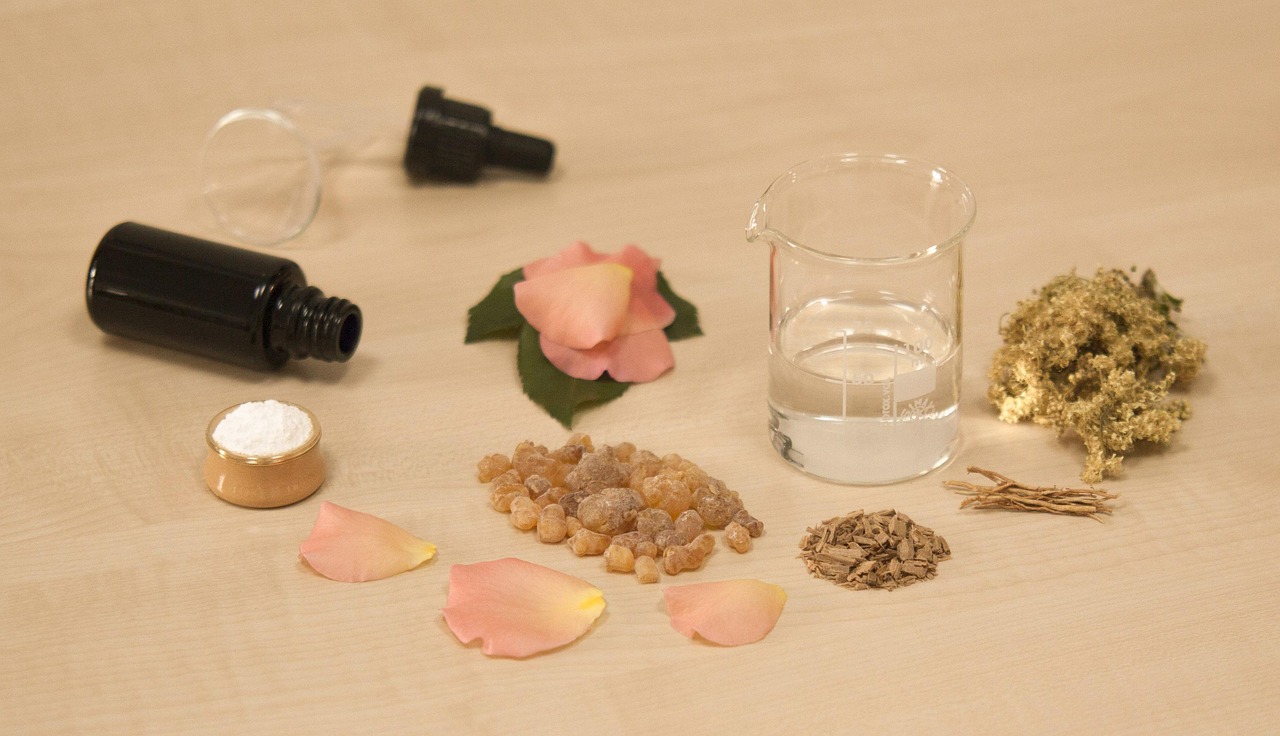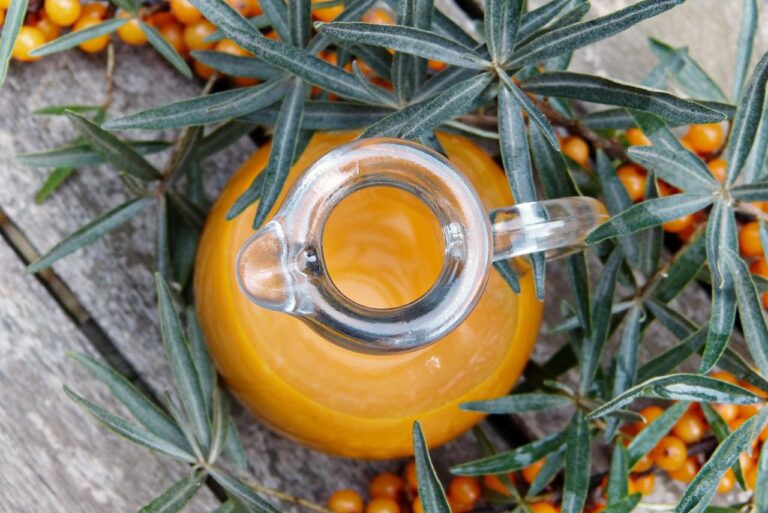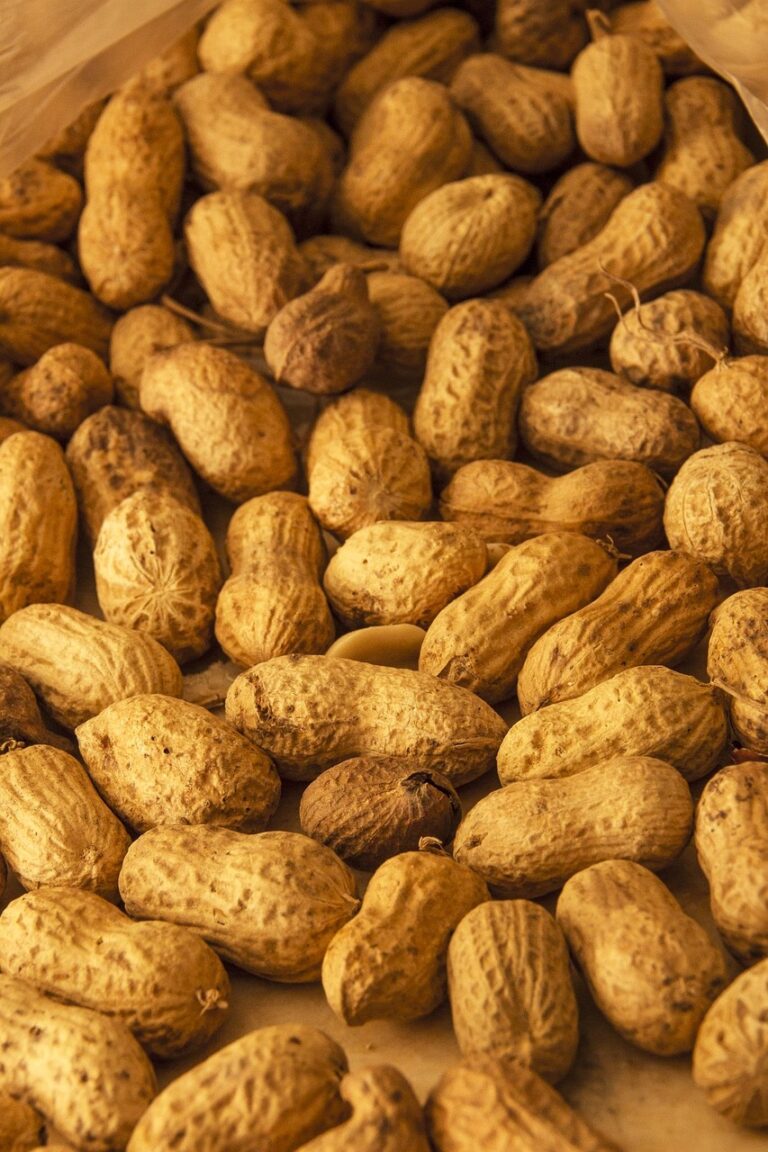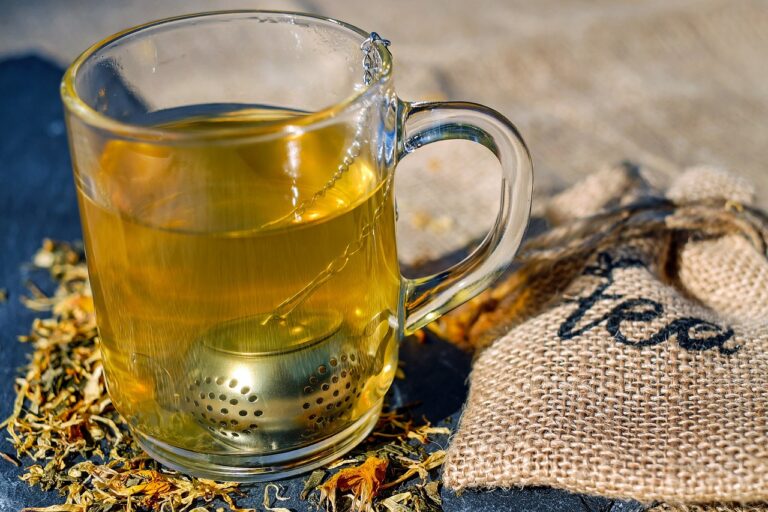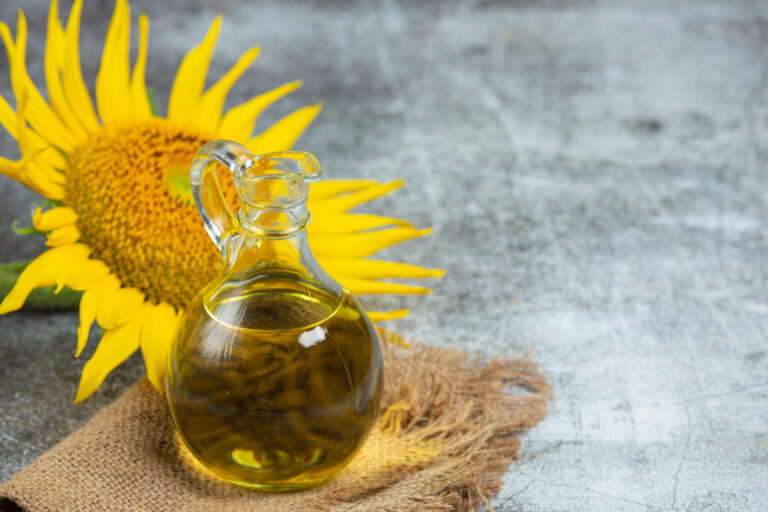Frankincense Oil: The Ancient Remedy Powering Your Modern Wellness & Beauty Routine
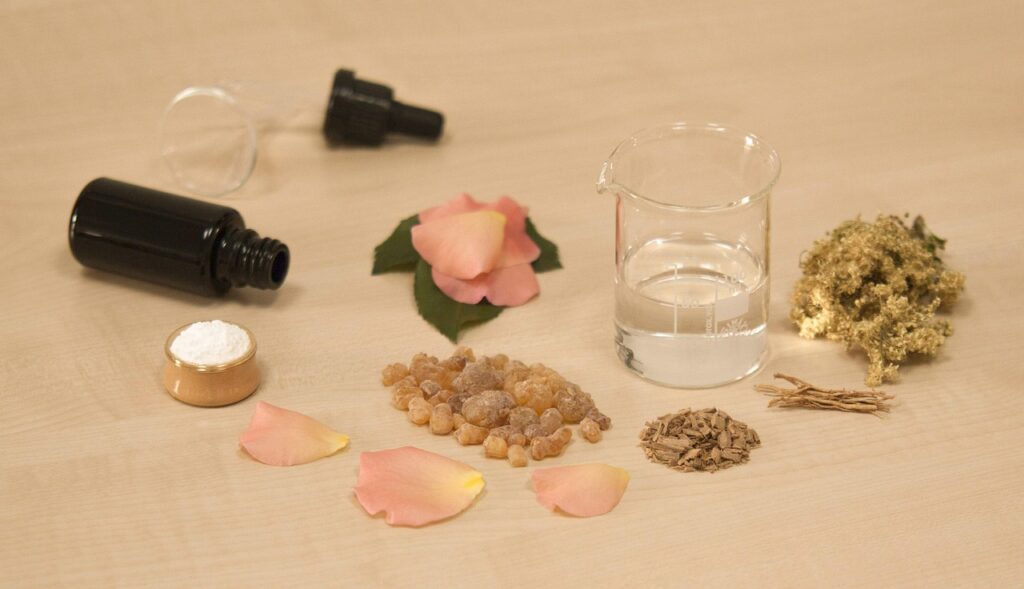
The Scent of Sacred Healing Meets Modern Science
Close your eyes. Imagine the warm, resinous, slightly spicy, and deeply woody aroma filling a grand temple or a quiet meditation space. That scent, revered for millennia, is frankincense. For over 5,000 years, the precious tears of the Boswellia tree have been burned as incense in religious ceremonies, traded along ancient spice routes worth their weight in gold, and treasured in traditional medicine cabinets from Egypt and India to China.
Today, that ancient reverence isn’t just historical curiosity. Frankincense oil, the potent essential oil steam-distilled from this sacred resin, is experiencing a powerful resurgence. It’s moving beyond the meditation cushion and finding a cherished place in modern wellness rituals and cutting-edge beauty formulations. Why? Because science is finally catching up with tradition, revealing a remarkable profile of bioactive compounds that offer tangible benefits for our skin, mind, and overall sense of well-being in our often-stressful world.
This isn’t just another fleeting wellness fad. Frankincense oil represents a bridge between ancient wisdom and contemporary self-care. It’s a holistic ally, offering potential support from calming anxious minds to promoting a radiant, youthful complexion. If you’re seeking a natural, multi-faceted tool to elevate your health and beauty routines, understanding the power of frankincense oil is essential.
Prepare to delve deep into the world of this golden elixir. We’ll explore its fascinating history, unpack the compelling science behind its benefits, and provide you with practical, actionable ways to incorporate frankincense oil safely and effectively into your daily life. Get ready to unlock the secrets of this ancient remedy for your modern vitality and glow.
Chapter 1: Unveiling the Tears of the Gods: What is Frankincense Oil?
1.1 The Boswellia Tree: Source of the Sacred Resin
Frankincense oil begins its journey in the harsh, arid landscapes of Oman, Yemen, Somalia, Ethiopia, Eritrea, Sudan, and parts of India. It’s here that the resilient Boswellia trees, particularly species like Boswellia sacra (Oman, Yemen), Boswellia carterii (Somalia), Boswellia frereana (Somalia – often called “Maydi” or “Coptic” frankincense), and Boswellia serrata (India – source of Indian frankincense or “Salai guggul”), thrive.
Harvesting frankincense is a time-honored craft:
- Tapping: Skilled harvesters make precise, shallow incisions in the tree bark during the dry season.
- Bleeding: The tree responds by exuding a milky-white, viscous resin to heal the wound.
- Hardening: This resin droplets, often called “tears,” harden upon exposure to air over several weeks, turning into the familiar golden, amber, or orange-brown nuggets.
- Collection: The hardened tears are carefully hand-collected, sorted by size, color, and purity.
1.2 From Resin to Liquid Gold: The Art of Distillation
The raw frankincense resin itself has uses (burned as incense, chewed, used in traditional medicines), but for the potent essential oil, steam distillation is key:
- Preparation: The resin tears are often lightly crushed or powdered.
- Steam Injection: Steam is passed through the resin in a still.
- Volatile Capture: The heat causes the volatile aromatic compounds within the resin to evaporate.
- Condensation: The steam and aromatic vapor mixture is cooled, condensing back into a liquid.
- Separation: The essential oil, being lighter and immiscible, separates from the water (which becomes frankincense hydrosol) and is collected.
This process yields a pale yellow to greenish-yellow liquid with that complex, grounding, balsamic aroma – pure frankincense oil.
1.3 Key Species & Chemotypes: Not All Frankincense is Equal
Understanding the differences is crucial for selecting the right oil for your needs:
- Boswellia sacra / carterii: Often considered the “true” or “holy” frankincense. Highly prized, typically has a sweeter, fruitier, cleaner aroma with high levels of alpha-pinene and limonene. Renowned for spiritual and emotional benefits.
- Boswellia frereana: Known as “Maydi” frankincense. Has a distinctive lemony, fresh, almost pine-like scent due to high levels of alpha-thujene and beta-pinene. Highly valued in skincare for its potential regenerative properties.
- Boswellia serrata: Indian frankincense. Features a warmer, woodier, earthier aroma. Contains significant levels of boswellic acids (also found in resin extracts) and is widely studied for its potent anti-inflammatory properties, particularly for internal wellness support (often used in supplements). Note: While boswellic acids are present in the resin, they are large molecules and are not significantly present in steam-distilled essential oils. The oil’s benefits stem primarily from its monoterpenes and other volatile compounds.
- Chemotypes: Even within species, the chemical composition can vary dramatically based on geography, soil, climate, and harvest time. This is known as chemotyping. For example, one batch of B. carterii might be high in alpha-pinene, while another is higher in incensole acetate. This impacts the oil’s aroma and therapeutic profile. Reputable suppliers often provide GC/MS (Gas Chromatography/Mass Spectrometry) reports detailing the specific chemical makeup.
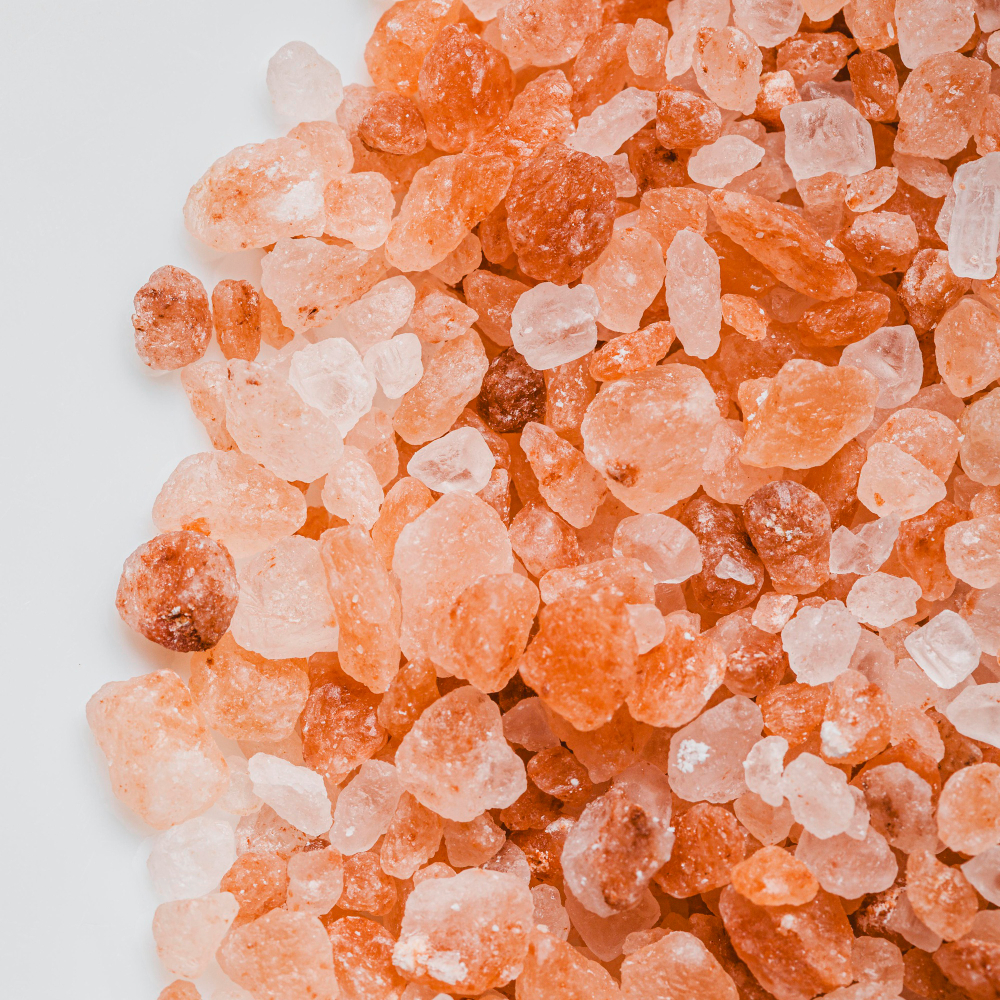
Chapter 2: The Science of Scent: Key Compounds in Frankincense Oil
The magic of frankincense oil lies in its complex symphony of naturally occurring chemical constituents. While over 200 compounds have been identified, several key players are responsible for its renowned benefits:
- Alpha-Pinene: A major monoterpene found in many conifers. Known for its anti-inflammatory, bronchodilatory (may help open airways), and potential memory-enhancing properties. It contributes a fresh, piney note to the aroma.
- Limonene: A common monoterpene with a bright, citrusy scent. It possesses antioxidant, mood-elevating, and potential detoxifying properties. Often studied for its effects on stress and anxiety.
- Beta-Pinene: Similar to alpha-pinene, offering anti-inflammatory and potential antimicrobial effects. Contributes to the fresh, woody character.
- Alpha-Thujene: Particularly prominent in Boswellia frereana. Research suggests strong antioxidant and potential skin-regenerative capabilities.
- Incensole Acetate (and Incensole): These are sesquiterpenes relatively unique to frankincense (especially B. sacra/carterii). They are the subject of intense research for their profound effects on the brain:
- TRPV3 Channel Modulation: Incensole acetate activates TRPV3 ion channels in the brain, which are involved in skin perception, warmth, and mood regulation.
- Anti-Anxiety & Anti-Depressant Effects: Studies (primarily rodent models so far) indicate incensole acetate significantly reduces anxiety and depressive-like behaviors by modulating specific pathways in the limbic system, particularly the hippocampus and amygdala. It appears to increase the expression of “feel-good” neurotransmitters without the side effects of pharmaceutical drugs. *[Reference: Moussaieff A, et al. (2007). Incensole acetate, a novel anti-inflammatory compound isolated from Boswellia resin. PNAS, 104(42), 16542-16547.]*
- Other Monoterpenes & Sesquiterpenes: Compounds like myrcene, linalool, sabinene, and beta-caryophyllene contribute to the overall therapeutic profile, offering additional anti-inflammatory, calming, and skin-supportive effects.
The Synergy Factor: Crucially, the power of frankincense oil isn’t just in individual compounds, but in their synergistic interaction. The whole oil creates effects greater than the sum of its parts. This complex synergy is why synthetic versions of single compounds haven’t replicated the full spectrum of benefits found in pure, high-quality frankincense oil.
Chapter 3: The Holistic Health & Wellness Powerhouse
Frankincense oil isn’t just a skin savior; it’s a profound supporter of whole-body wellness, particularly for the mind and immune system.
3.1 Calming the Modern Mind: Stress, Anxiety & Mood
- The Cortisol Connection: Chronic stress elevates cortisol, wreaking havoc on health. Frankincense aroma has been shown in studies to help reduce subjective feelings of stress and anxiety. [Reference: Jokar M, et al. (2022). Effect of aromatherapy with frankincense on anxiety in patients undergoing coronary angiography: A randomized controlled trial. Complementary Therapies in Clinical Practice, 47, 101567.]
- Incensole Acetate’s Role: As highlighted, this key compound interacts with brain pathways involved in emotional regulation, promoting feelings of calm, peace, and even upliftment. Diffusing frankincense oil during meditation, yoga, or stressful work periods can create a serene atmosphere.
- Improving Sleep Quality: By reducing anxiety and promoting relaxation, frankincense can indirectly support better sleep. Applying diluted oil to the soles of the feet or diffusing it in the bedroom before sleep can be beneficial.
- Enhancing Meditation & Spiritual Practice: Its ancient use in sacred rituals wasn’t accidental. Frankincense aroma is believed to deepen breathing, quiet mental chatter, and foster a sense of grounding and connection, making it an ideal companion for mindfulness practices.
3.2 Supporting Immune Function & Respiratory Health
- Anti-inflammatory Action: Chronic inflammation is linked to numerous diseases. The monoterpenes in frankincense exhibit significant anti-inflammatory effects, potentially modulating immune cell activity and cytokine production.
- Potential Antimicrobial Properties: While not a replacement for antibiotics, studies suggest frankincense oil may have activity against certain bacteria, viruses, and fungi, supporting the body’s natural defenses. *[Reference: Hamm S, et al. (2005). Chemical composition and antimicrobial activity of essential oils from frankincense. Planta Medica, 71(01), 82-83.]*
- Respiratory Relief: Its anti-inflammatory and potential expectorant properties (aiding in clearing mucus) make diluted frankincense oil a popular choice for chest rubs (combined with oils like eucalyptus or peppermint) or diffusing during cold and flu season to ease congestion and support clear breathing. Its bronchodilatory potential (via alpha-pinene) may also help open airways.
3.3 Soothing Aches, Pains & Inflammation
- Joint & Muscle Discomfort: Frankincense’s potent anti-inflammatory and analgesic (pain-relieving) properties make it a valuable addition to massage blends for sore muscles, achy joints, or conditions like arthritis. [Reference: Siddiqui MZ. (2011). Boswellia serrata, a potential antiinflammatory agent: an overview. Indian Journal of Pharmaceutical Sciences, 73(3), 255–261.] (Note: Much joint research focuses on boswellic acid extracts, but topical frankincense oil application is widely used anecdotally and in traditional medicine for pain relief).
- Topical Application: Dilute in a carrier oil (like fractionated coconut or jojoba) and massage onto affected areas. Its warming, penetrating nature enhances the soothing effect.

Chapter 4: Frankincense Oil: Your Skin’s Ancient Secret for Modern Radiance
This is where frankincense oil truly shines in the beauty realm. Its multifaceted action addresses a wide array of skin concerns, making it a versatile powerhouse.
4.1 The Anti-Aging Champion: Fighting Wrinkles & Promoting Elasticity
- Cellular Regeneration: Frankincense is renowned for its potential to promote skin cell turnover and regeneration. Alpha-pinene and alpha-thujene are particularly studied for this. This helps fade the appearance of fine lines, wrinkles, and scars over time, revealing fresher, younger-looking skin.
- Boosting Collagen & Elastin: Some research suggests frankincense may help protect existing collagen and elastin fibers – the proteins responsible for skin’s plumpness and snap – and potentially stimulate their production, improving skin firmness and resilience.
- Powerful Antioxidant Shield: It combats free radicals generated by UV exposure, pollution, and stress. Free radicals break down collagen and elastin and accelerate aging. Frankincense’s antioxidant capacity helps neutralize these damaging molecules. *[Reference: Han X, et al. (2017). Antioxidant activities of essential oils from five kinds of Boswellia. Industrial Crops and Products, 108, 535-540.]*
4.2 The Ultimate Skin Tone Refiner & Scar Fader
- Evening Skin Tone: Frankincense helps diminish the appearance of hyperpigmentation, dark spots, and sun damage by inhibiting the overproduction of melanin and promoting the shedding of pigmented cells.
- Scar & Stretch Mark Reduction: Its regenerative properties make it a popular choice (often blended with oils like helichrysum or rosehip) for improving the appearance of acne scars, surgical scars, and stretch marks by encouraging healthy tissue remodeling. Consistent application is key.
4.3 Acne, Blemishes & Oily Skin Savior
- Antiseptic & Anti-inflammatory: Frankincense’s antimicrobial properties help combat acne-causing bacteria (like P. acnes), while its potent anti-inflammatory action soothes redness, swelling, and irritation associated with breakouts. *[Reference: Kim YJ, et al. (2015). Antibacterial and antibiofilm effects of essential oils from Boswellia species against Staphylococcus aureus. Journal of Microbiology and Biotechnology, 25(12), 2069-2075.]*
- Astringent Properties: It helps tone the skin and minimize the appearance of large pores, making it beneficial for oily and combination skin types. It can help regulate sebum production without over-drying.
4.4 Soothing Sensitivity, Redness & Inflammation
- Calming Irritation: Whether it’s rosacea, eczema flare-ups, general sensitivity, or post-procedure redness, frankincense’s anti-inflammatory and soothing compounds can provide relief and calm reactive skin. [Reference: Tognolini M, et al. (2006). Protective effect of essential oils from Boswellia species against inflammatory processes.] (In vitro/animal studies, but traditional and anecdotal evidence is strong).
- Wound Healing Support: Its antiseptic and tissue-regenerative properties also support the skin’s natural healing process for minor cuts, scrapes, and abrasions.
4.5 Hydration & Barrier Support
- Strengthening the Skin Barrier: A healthy lipid barrier is crucial for preventing moisture loss and protecting against environmental aggressors. Frankincense may help support barrier function.
- Preventing Transepidermal Water Loss (TEWL): By potentially enhancing barrier integrity, frankincense helps skin retain its natural moisture, contributing to a plump, dewy complexion.
Chapter 5: Incorporating Frankincense Oil into Your Wellness & Beauty Rituals
Now for the practical magic! Here’s how to harness the power of frankincense oil safely and effectively.
5.1 Safety First: Dilution, Patch Testing & Contraindications
- Essential Oil Rule #1: Dilute! Frankincense oil is potent. Never apply it neat (undiluted) directly to your skin. Always dilute in a carrier oil.
- Recommended Dilutions:
- Facial Use: 0.5% – 1% (That’s 3-6 drops of essential oil per 1 ounce / 30ml of carrier oil).
- Body Use: 1% – 2% (6-12 drops per 1 ounce / 30ml carrier oil).
- Spot Treatment: Up to 2.5% (15 drops per 1 oz carrier) – use cautiously.
- Carrier Oils: Choose high-quality, cold-pressed oils: Jojoba oil (mimics skin sebum), Fractionated Coconut Oil (lightweight, non-comedogenic), Sweet Almond Oil (nourishing), Rosehip Seed Oil (regenerative, rich in vitamins), Argan Oil (hydrating).
- Patch Test: Before widespread use, apply a small amount of your diluted blend to the inside of your elbow or behind your ear. Cover with a bandage and wait 24-48 hours. If redness, itching, or irritation occurs, discontinue use.
- Contraindications & Cautions:
- Pregnancy & Breastfeeding: Generally advised to avoid during the first trimester. Consult your doctor/midwife before use later in pregnancy or while breastfeeding. Avoid internal use.
- Children: Use extreme caution. Consult a qualified aromatherapist or pediatrician. Generally, avoid for infants and use very low dilutions (0.25% or less) for older children, avoiding the face. Keep out of reach.
- Medications: Potential interactions exist, especially with blood thinners (warfarin) or anti-inflammatory drugs (NSAIDs). Consult your doctor if on medication.
- Internal Use: Not recommended without direct supervision from a qualified healthcare professional trained in clinical aromatherapy. Essential oils are highly concentrated and can be toxic if ingested improperly.
- Photosensitivity: Frankincense is generally NOT phototoxic (unlike citrus oils). Safe for daytime use.
- Quality Matters: Always choose 100% pure, therapeutic-grade essential oil from reputable suppliers who provide botanical names, country of origin, and GC/MS reports. Organic is preferred. Cheap oils are often adulterated and ineffective or even harmful.
5.2 Topical Application: Serums, Moisturizers, Spot Treatments & Body Care
- Facial Serum: Add 4-6 drops frankincense oil to 1 oz (30ml) of your favorite facial serum base (like hyaluronic acid serum) or carrier oil (jojoba, rosehip). Apply 2-3 drops to cleansed face and neck AM/PM.
- Anti-Aging/Night Cream Booster: Add 3-5 drops frankincense oil to 1 oz (30ml) of unscented moisturizer or night cream. Apply as usual.
- Targeted Scar/Stretch Mark Blend: Combine in 1 oz (30ml) carrier oil:
- 6 drops Frankincense (B. sacra or frereana)
- 4 drops Helichrysum
- 4 drops Lavender
- 2 drops Carrot Seed
Massage into affected areas 1-2 times daily consistently for several months.
- Acne Spot Treatment: Dilute 1 drop frankincense oil in 1 tsp carrier oil (like jojoba). Dip a clean cotton swab into the dilution and dab directly onto the blemish. Can blend with 1 drop Tea Tree oil for added antibacterial power (dilute both in carrier).
- Soothing Body Oil/Massage Blend: Add 10-15 drops frankincense oil to 1 oz (30ml) carrier oil (fractionated coconut, sweet almond). Use for full-body massage or apply to areas of tension, inflammation, or dryness.
- Under-Eye Care (Use Extreme Dilution!): Add 1 drop frankincense oil to 1 tbsp (15ml) carrier oil (fractionated coconut or jojoba is ideal). Gently pat a tiny amount around the orbital bone (avoid direct lash line). Test sensitivity first! Or add 1 drop to your regular eye cream.
5.3 Aromatic Bliss: Diffusion & Inhalation
- Ultrasonic Diffuser: Add 3-5 drops of frankincense oil alone or blend it:
- For Calm: With Lavender (3 drops Frank, 3 drops Lav)
- For Focus: With Peppermint or Rosemary (3 drops Frank, 2 drops Mint/Rosemary)
- For Grounding: With Cedarwood or Sandalwood (3 drops Frank, 3 drops Wood)
- Steam Inhalation: For respiratory support, add 1-2 drops to a bowl of steaming hot water. Place a towel over your head, close your eyes, and breathe deeply for 5-10 minutes. Caution: Not suitable for children or asthmatics.
- Personal Inhaler: Add 10-15 drops frankincense oil to the cotton wick of an aromatherapy inhaler. Sniff as needed for stress relief, focus, or respiratory ease on-the-go.
- Direct Inhalation: Place 1 drop on your palms, rub together, cup hands over nose, and inhale deeply. A quick reset anytime.
5.4 Beyond Skin & Air: Other Creative Uses
- Meditation Aid: Apply a diluted drop to wrists or temples before meditating. Diffuse during practice.
- Natural Perfume: Blend with other essential oils (like sandalwood, bergamot, myrrh) in a carrier oil or alcohol base for a unique, grounding scent.
- Hair & Scalp Health: Add 5-6 drops frankincense oil to 1 oz shampoo or conditioner, or to 1 oz carrier oil for a scalp massage (stimulating, may help with dandruff).
- Oral Health (Use Caution): Some add one drop to toothpaste for potential gum health support. Do not swallow. Spit thoroughly. Consult dentist first if concerned.
- Household Cleaner: Add 10-15 drops to vinegar/water solutions for a fresh, cleansing scent and potential antimicrobial boost. (Test surfaces first).

Chapter 6: Frankincense in Modern Beauty & Wellness Products
You don’t have to DIY to benefit. Frankincense oil is a star ingredient in many high-quality commercial products:
- Luxury Skincare: Look for it in high-end serums, creams, eye treatments, and facial oils touting anti-aging, firming, and regenerative benefits.
- Natural & Organic Brands: Found in cleansers, toners, moisturizers, and masks focusing on sensitive skin, acne, or overall radiance.
- Perfumes & Colognes: Used as a base or heart note for depth, warmth, and sophistication.
- Massage Oils & Body Lotions: For relaxation, muscle relief, and skin nourishment.
- Aromatherapy Blends: In diffuser blends, roll-ons, and inhalers for emotional well-being.
- Supplements: While the oil isn’t typically ingested in supplements, Boswellia serrata resin extract (standardized for boswellic acids) is widely available in capsules for joint and inflammatory support. Note: This is different from the essential oil.
Chapter 7: Sustainability & Ethical Sourcing: Protecting the Sacred Trees
The rising global demand for frankincense oil puts pressure on wild Boswellia populations. Ethical sourcing is paramount:
- Overharvesting Threat: Tapping too frequently or making deep cuts can weaken and kill trees. Sustainable practices involve controlled tapping schedules and allowing trees ample recovery time.
- Habitat Loss: Grazing, agriculture, and development encroach on Boswellia woodlands.
- Climate Change: Increased drought and changing weather patterns threaten these already resilient but vulnerable trees.
- Fair Trade & Community Support: Harvesting is often done by rural communities. Fair prices and ethical labor practices are crucial.
How to Be a Conscious Consumer:
- Choose Reputable Brands: Buy from companies transparent about sourcing, committed to sustainability (look for FairWild certification or similar), and who provide species and origin information.
- Prioritize Quality Over Quantity: High-quality oil is potent; you use less. Avoid cheap oils, which often incentivize unsustainable practices.
- Support Conservation Efforts: Some organizations work directly on Boswellia conservation. Research and donate if possible.
- Respect the Resource: Use your frankincense oil mindfully and appreciate its true value.
Conclusion: Embracing the Timeless Wisdom of Frankincense Oil
From the smoky temples of antiquity to the sleek bottles gracing modern vanity tables and wellness shelves, frankincense oil has traversed millennia for a reason. Its enduring legacy isn’t just built on mystique, but on a profound, tangible ability to nurture and heal.
Science is now illuminating what ancient healers intuitively knew: frankincense oil is a remarkable botanical ally. Its complex chemistry offers a symphony of benefits:
For Your Mind: A powerful calmer of modern anxieties, a deepen
https://www.healthydeep.com/
https://www.healthydeep.com/healthy-beauty/
https://www.healthydeep.com/healthy-mental/
https://www.healthydeep.com/healthy-meals/

